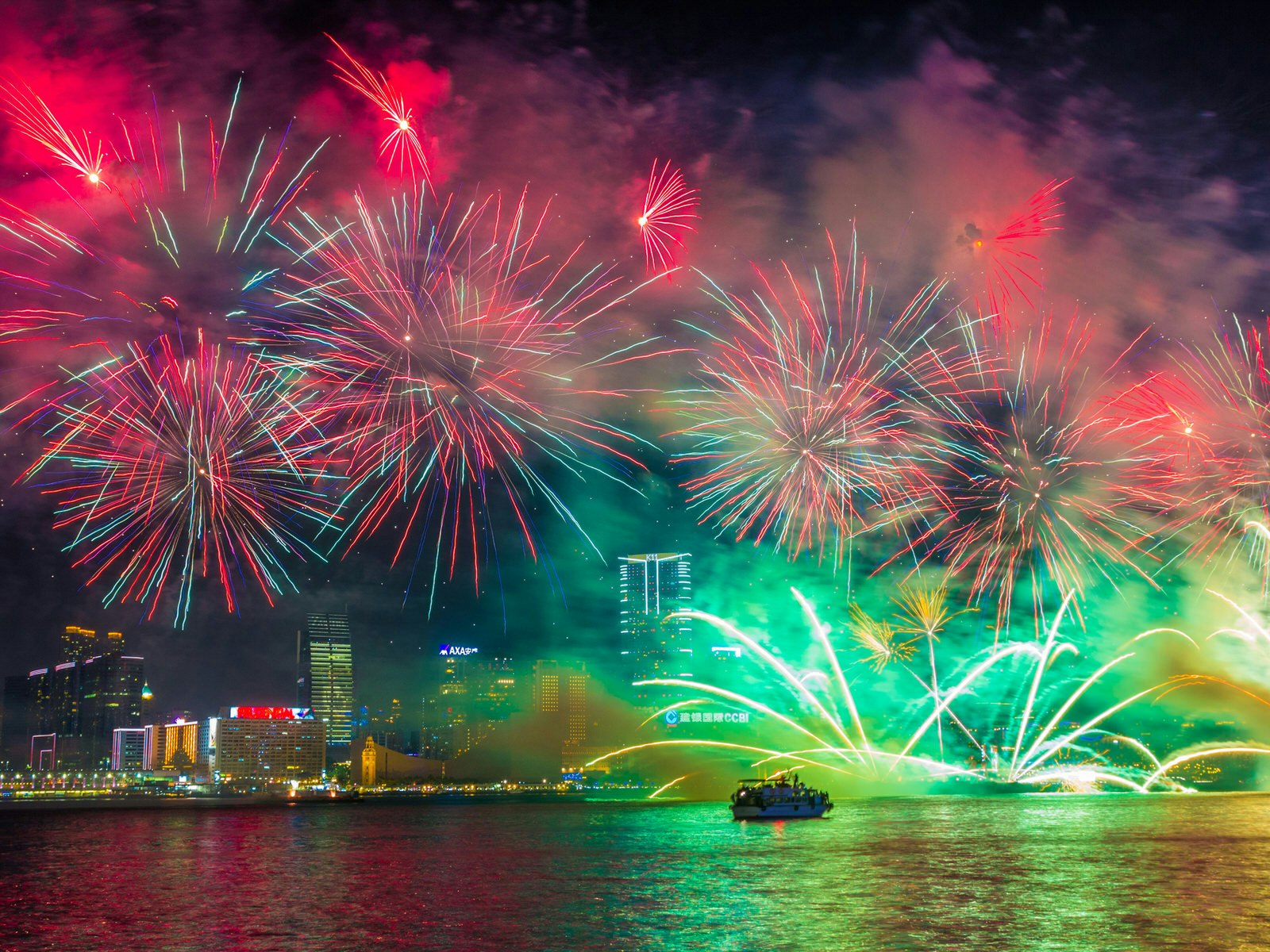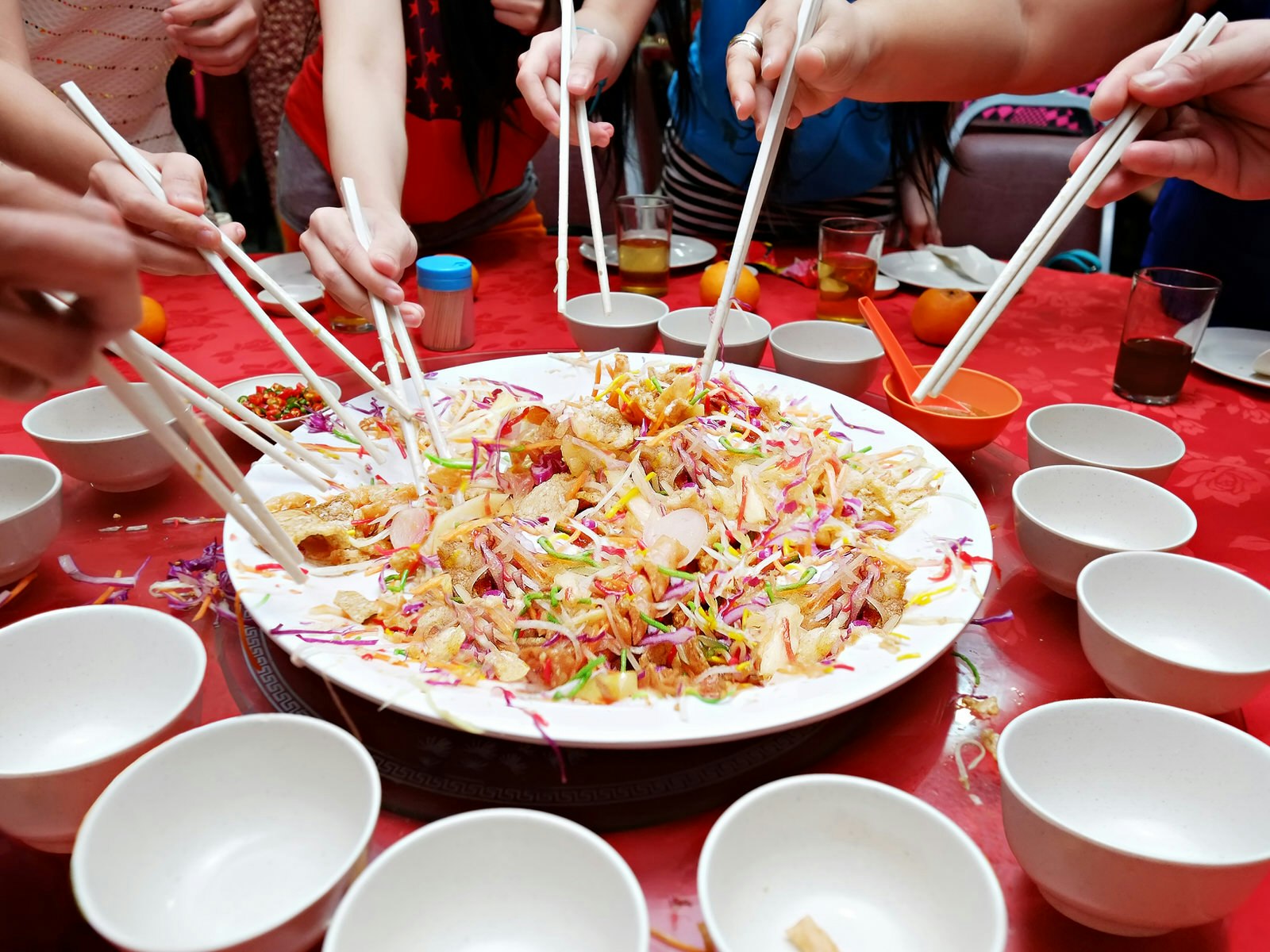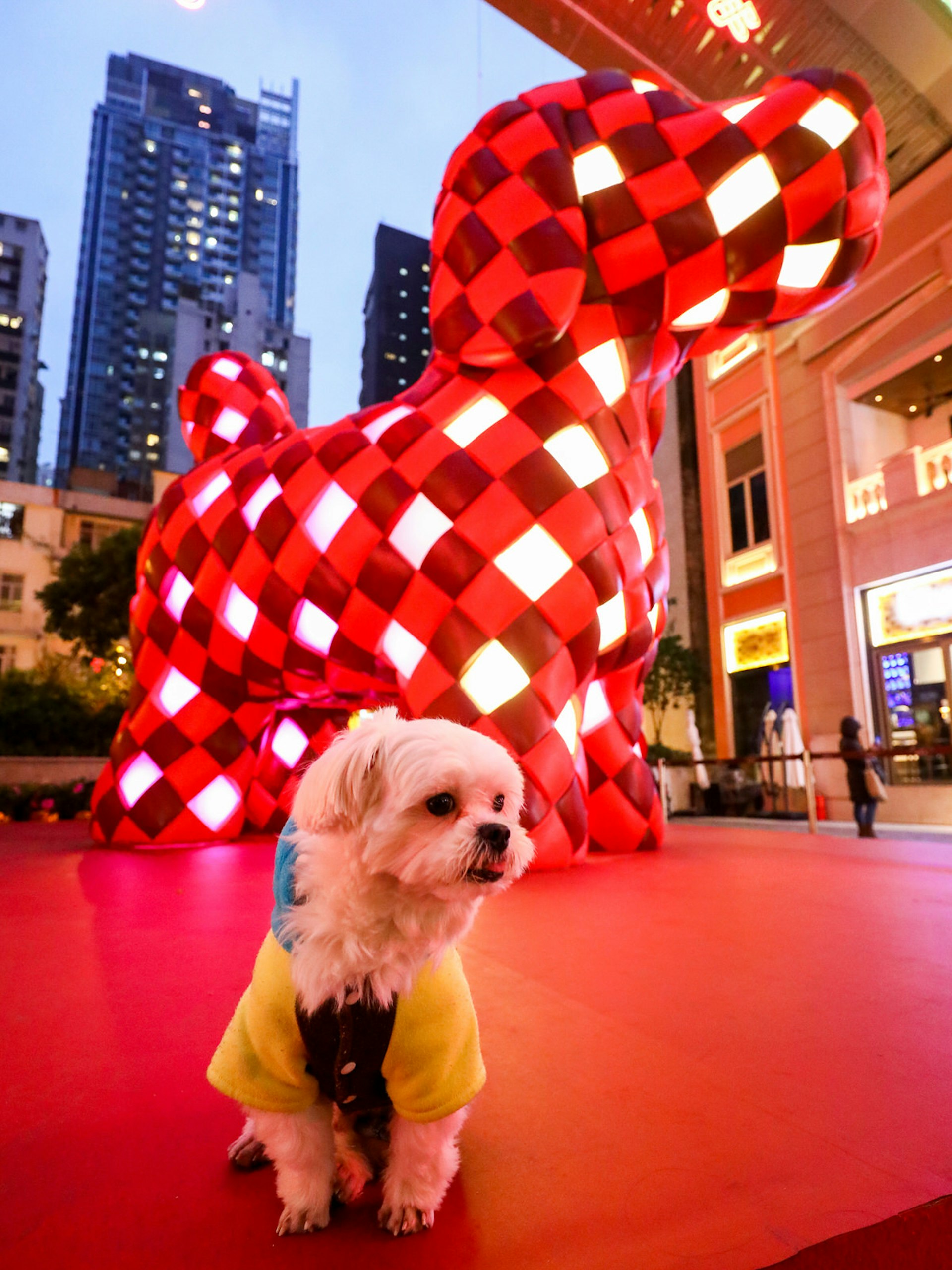On February 16, 2018, China celebrates a new year in the lunar calendar: the Year of the Dog, the 11th animal of the Chinese zodiac. Otherwise known as the Spring Festival, Chinese New Year is a time for hard-working, hard-working Hong Kongers to eat, drink, catch up with family and pass out red packets. Watch – Full of money (and receive them if you’ve been good).
In typical Hong Kong style, the area offers some of the most vibrant Chinese New Year celebrations that are easy for visitors to join.

Here’s the best way to celebrate Chinese New Year in Hong Kong and ensure good luck for the coming year. If hey fat choi!
Watch the Chinese New Year Parade
The bustling entertainment district of Tsim Sha Tsui is all set for Chinese New Year, covering every shopping center and street with red baubles, papercuts and pillared red lanterns. These busy shopping spots host the Chinese New Year Night Parade on Chinese New Year’s Eve (16 February 2018 from 6pm), with bling floats and street performers marching through the streets to the beat of a loud Chinese drum.
Watch out for the much-loved traditional lion dance, where the performer (usually a trained martial artist) mimics the animal’s movements using a puppet lion’s head and body, for luck.

Watch the Chinese New Year fireworks
In typical extravagant Hong Kong fashion, the free fireworks display over Victoria Harbor is an annual highlight of the Chinese New Year calendar. The 25-minute display coincides with the musical Symphony of Lights performance, which was revamped in late 2017 to include more buildings and more lasers.
Grab a front-row seat to the fireworks at the Western District Harbor in Sai Yingpin, the Tsim Sha Tsui Promenade in Kowloon, or Golden Buhnia Square in Wan Chai. And don’t panic if you notice any particularly loud noises. It’s all part of a plan to scare away evil spirits for the coming year.
Editor’s note: Hong Kong’s 2018 fireworks display on February 10 was canceled as a mark of mourning for the victims of the bus accident in the city.

Shop at the Victoria Park Flower Market.
The largest public park on Hong Kong Island, Victoria Park turns up its flower power during the Chinese New Year period (10-16 February 2018). Join thousands of other Hong Kongers who are buying beautiful flowers and plants to decorate their homes during the Spring Festival.
What to buy? An orchid makes a beautiful gift (and Confucius – the Chinese philosopher was known to be partial to these flowers). Other festive flowers include water lilies (the flowers bloom around this time of year and are said to be lucky) or the unusual-looking kumquat and tangerine trees. Bamboo shoots and cherry blossom branches are considered auspicious – and they look beautiful. If you’re in Kowloon, Fa Hua Park Flower Market in Sham Shui Po is another place for some lucky flowers.

Visit Wong Tai Sen Temple.
Kowloon’s Suk Suk Yuen Wong Tai Sen Temple is one of Hong Kong’s largest, busiest and most atmospheric temples, buried right in the middle of a residential housing estate. It commemorates a 4th century Chinese monk who became a deity. Today, the temple is known for granting wishes (now you understand why it’s so busy!).
Chinese New Year is a particularly popular time to visit Wong Tai Sun, whether it’s to pray silently or vigorously shake bamboo sticks that are then read by a fortune teller. Around 100,000 pilgrims usually visit the temple during the holiday. Regardless of what you’re craving, it’s worth a visit to see its richly decorated setting and smell the pungent incense wafting through the air.

Eat good foods.
In a city that takes its food seriously, it’s no surprise that the mainstay of Hong Kong’s Chinese New Year celebrations is food.
Several ‘lucky’ dishes are eaten during the festival, so named because they sound somewhat auspicious in Cantonese. For example, the humble lettuce (come play) is often eaten (and lions are ‘eaten’ during the lion dance) because it is similar to the phrase ‘increasing wealth’. pronounced oyster (Watch) sounds like ‘good business’; Glutinous rice cake, a Chinese New Year food that has been eaten for over a thousand years, sounds like ‘Sal Buland’. Then there is you sanga tossed raw fish salad whose name is synonymous with abundance, and of course, black moss fungus – Thick choi – is favored during Chinese New Year because it sounds like ‘prosperity’ (it may sound familiar to traditional New Year greetings If she is fat).
A celebratory food that is an important part of Chinese New Year parties. Poon ChoiA communal dish originating from the traditional villages of the New Territories, where meat and seafood are put together in a large wooden bowl and cooked in a kind of stew.

Get off with the dogs
This year is the Year of the Dog, and there are plenty of ways to celebrate man’s best friend. Hong Kong isn’t a particularly dog-friendly city (most beaches and parks don’t allow dogs to roam them), but that doesn’t stop Hong Kongers from dressing up their pooches in flamboyant costumes. During the Chinese New Year holidays, keep your eyes peeled for dogs around the Central and Sheung Wan neighborhoods dressed in festive red (the auspicious color of the season) jackets, booties and booties.
On the cobblestones of Wan Chai Lee Tung Avenue, is a four meter tall knotted sculpture of a dog, created using the ancient Chinese art form of knotting. While almost every shopping mall has dog prints and paw prints everywhere.
There’s also plenty of festive pooch gear to get your hands on. The MTR Company is selling limited edition octopus transport cards emblazoned with dogs, as well as limited edition commemorative tickets. In addition, the Hong Kong Post Office has launched a special dog-themed series of stamps – ideal for using to send home a Victoria Harbor fireworks postcard.
